Related Research Articles
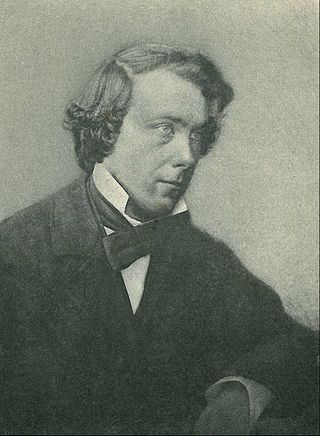
Thomas Edward Brown, commonly referred to as T. E. Brown, was a late-19th century scholar, schoolmaster, poet, and theologian from the Isle of Man.

Jèrriais literature is literature in Jèrriais, the Norman dialect of Jersey in the Channel Islands.

Literature in the Manx language, which shares common linguistic and cultural roots with the Gaelic literature and Pre-Christian Celtic mythology of Ireland and Scotland, is known from at least the early 16th century, when the majority of the population still belonged to the Catholic Church in the Isle of Man. Even so, Manx orthography departs so radically from Irish or Scottish Gaelic orthography that it is all but illegible to literate native speakers of both languages.
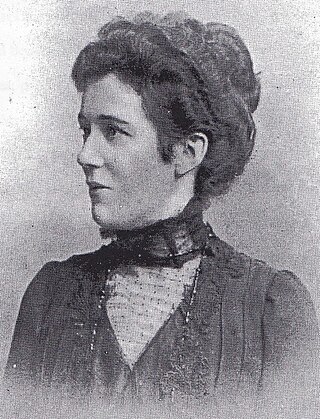
Sophia Morrison was a Manx cultural activist, folklore collector and author. Through her own work and role in encouraging and enthusing others, she is considered to be one of the key figures of the Manx cultural revival. She is best remembered today for writing Manx Fairy Tales, published in 1911, although her greatest influence was as an activist for the revitalisation of Manx culture, particularly through her work with the Manx Language Society and its journal, Mannin, which she edited from 1913 until her death.
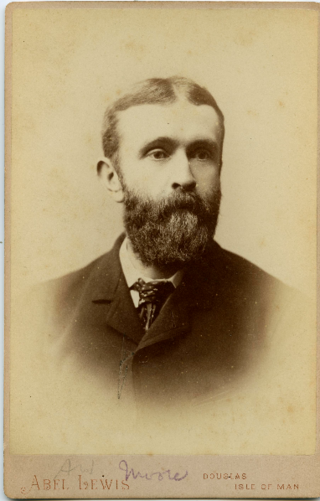
Arthur William Moore, CVO, SHK, JP, MA was a Manx antiquarian, historian, linguist, folklorist, and former Speaker of the House of Keys in the Isle of Man. He published under the sobriquet A. W. Moore.
John Joseph Kneen was a Manx linguist and scholar renowned for his seminal works on Manx grammar and on the place names and personal names of the Isle of Man. He is also a significant Manx dialect playwright and translator of Manx poetry. He is commonly best known for his translation of the Manx National Anthem into Manx.
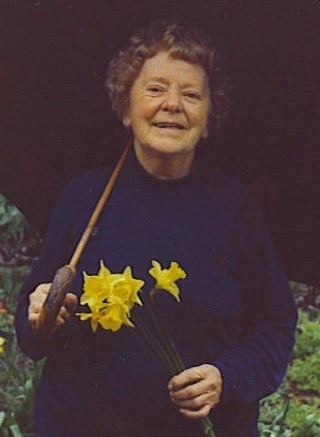
Mona Douglas was a Manx cultural activist, folklorist, poet, novelist and journalist. She is recognised as the main driving force behind the modern revival of Manx culture and is acknowledged as the most influential Manx poet of the 20th century, but she is best known for her often controversial work to preserve and revive traditional Manx folk music and dance. She was involved in a great number of initiatives to revive interest and activity in Manx culture, including societies, classes, publications and youth groups. The most notable and successful of these was Yn Chruinnaght.

Josephine Kermode (1852–1937) was a Manx poet and playwright better known by the pen name "Cushag".
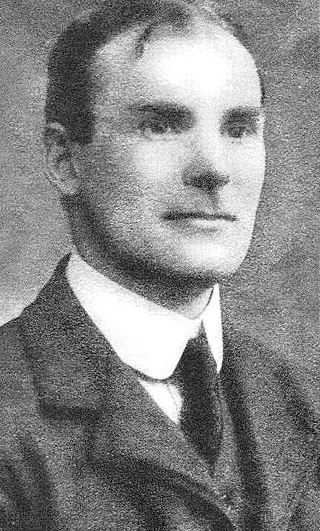
William Walter Gill (1876–1963) was a Manx scholar, folklorist and poet. He is best remembered for his three volumes of A Manx Scrapbook.
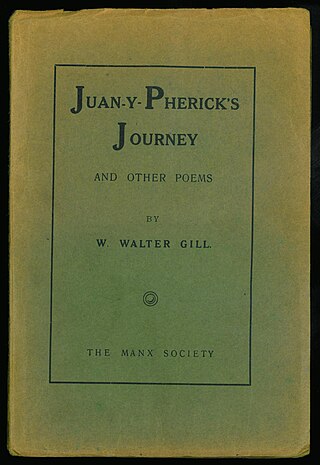
Juan-y-Pherick's Journey and Other Poems is a 1916 collection of poems by W. Walter Gill. The book was published by Yn Çheshaght Gailckagh, the Manx Society, and is Gill's only collection. It is a significant contribution to the literature of the Isle of Man, as there are few other individual poetry collections from this period.
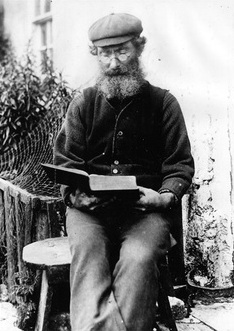
Edward Faragher (1831–1908), also known as, was a Manx language poet, folklorist, and cultural guardian. He is considered to be the last important first language writer of Manx literature and perhaps the most important guardian of Manx culture during a time when it was most under threat. Celticist Charles Roeder wrote that Faragher had "done great services to Manx folklore, and it is due to him that at this late period an immense amount of valuable Manx legends have been preserved, for which indeed the Isle of Man must ever be under gratitude to him."
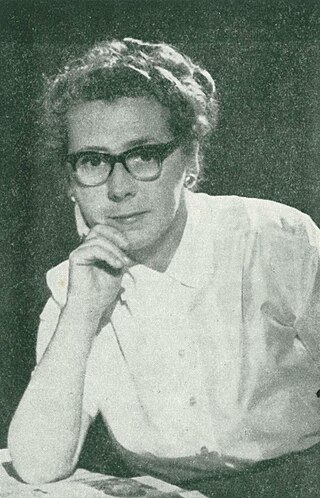
Kathleen Faragher (1904–1974) was the most significant and prolific Manx dialect writer of the mid twentieth century. She is best known for her poems first published in the Ramsey Courier and collected into five books published between 1955 and 1967. She was also a prolific short story writer and playwright. Her work is renowned for its humour born of a keen observation of Manx characters, and for its evocative portrayal of the Isle of Man and its people.
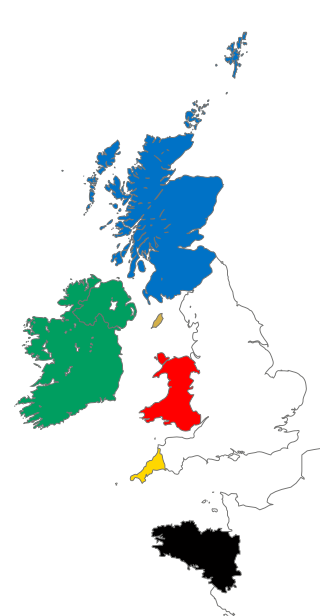
In addition to English, literature has been written in a wide variety of other languages in Britain, that is the United Kingdom, the Isle of Man and the Channel Islands. This includes literature in Scottish Gaelic, Welsh, Latin, Cornish, Anglo-Norman, Guernésiais, Jèrriais, Manx, and Irish. Literature in Anglo-Saxon is treated as English literature and literature in Scots as Scottish literature.

Stephen Herbert Wynn Hughes-Games (1862–1923) was an English chaplain, theologian and poet with strong ties to the Isle of Man.
George Quarrie was a Manx poet active in the 1880s–1910s, best known for his poem, The Melliah.
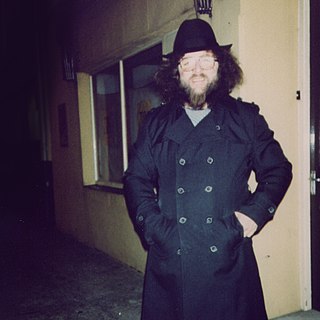
Paul Lebiedzinski was a Manx poet best known for his politically-charged poetry of the 1970s and 80s. He has been described as 'one of the finest poets the Island has produced in modern times.'
Trevor Ashe (1770–1836) was a writer, newspaper editor, publisher, museum director and entrepreneur, as well as a confidence trickster and blackmailer. He is best known on the Isle of Man for having opened the first "Manx Museum" in 1825, as well as having published the first Manx novel and one of the Island's earliest books of poetry. He is also notable for his attempt to blackmail the Duke of Cumberland in 1830.
Juan Noa was the pen-name of John Henry Cleator, a Manx dialect poet and playwright active from the 1920s to the 1960s in the Isle of Man.
Doug Fargher (1926–1987) also known as Doolish y Karagher or Yn Breagagh, was a Manx language activist, author, and radio personality who was involved with the revival of the Manx language on the Isle of Man in the 20th century. He is best known for his English-Manx Dictionary (1979), the first modern dictionary for the Manx language. Fargher was involved in the promotion of Manx language, culture and nationalist politics throughout his life.
Constance Radcliffe was a Manx historian who wrote primarily about the history of the parish of Maughold and the town of Ramsey, both in the north of the Isle of Man. In 1989 Radcliffe was awarded the Reih Bleeaney Vanannan in recognition of her contribution to Manx culture, and was a recipient of the MBE in 1996.
References
- 1 2 'About the Author' by The Gaffer's Tales by W. T. Quirk, edited by Heather and Tina Hodget, Quirk Publishing: Isle of Man, 2008
- 1 2 3 'William Thomas Quirk' in New Manx Worthies edited by Dollin Kelly, Manx Heritage Foundation: Isle of Man, 2006, pp.399-401
- ↑ "Papers of William T. Quirk". Archives Hub. Retrieved 13 August 2019.
- ↑ 'Biography' on wtquirk.com (accessed 27 October 2017)